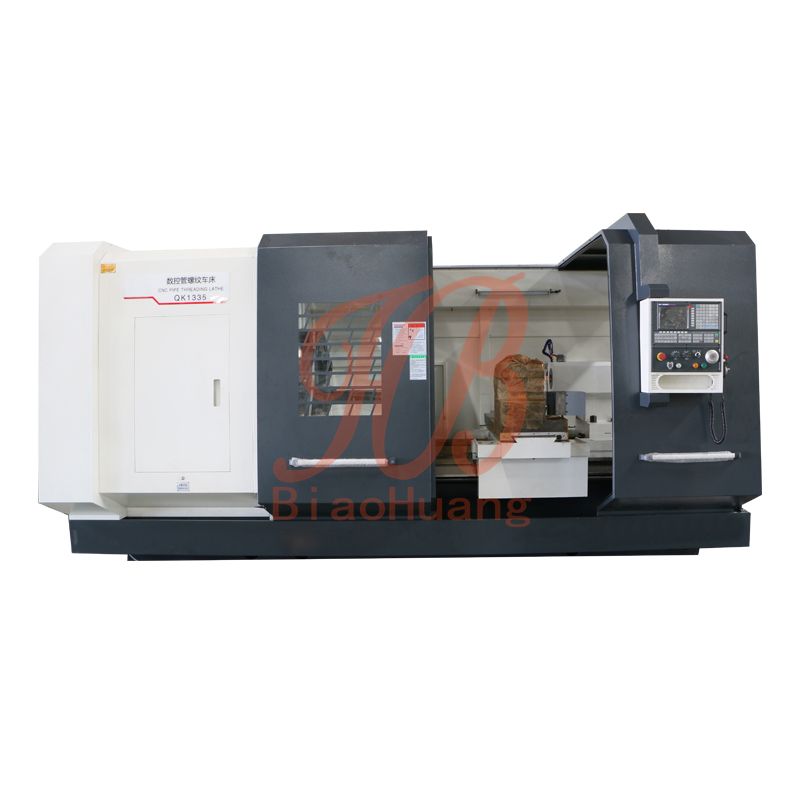Login

Login

Aug. 18, 2025
CNC threading machines are essential tools in modern manufacturing, allowing businesses to create precise threaded components across industries. However, new users and even experienced machinists often have many questions about how these machines work and what factors matter most when selecting and operating them. Below we explore the most common questions professionals ask, providing detailed insights to help you get the most out of CNC threading technology.
A CNC threading machine operates by using computer numerical control to guide cutting tools along a programmed path. Unlike manual threading, where accuracy relies heavily on operator skill, CNC systems ensure consistent results by following digital instructions. The process typically involves setting the thread profile, pitch, and depth in the software, after which the machine automatically executes the cuts. This allows for both external and internal threads to be produced with high repeatability. Understanding the software interface and toolpath programming is crucial because even small adjustments in feed rate or spindle speed can significantly affect the thread quality.
These machines are widely used across multiple industries, from automotive and aerospace to oil and gas, plumbing, and electronics. For example, automotive manufacturers rely on CNC threading for producing engine bolts, shafts, and fasteners with strict tolerances. Aerospace companies use them for high precision threaded components in landing gear and turbine assemblies. In the oil and gas sector, CNC threading machines are employed to create pipe connections and couplings that must withstand extreme pressure. The versatility of CNC threading makes it an indispensable asset for businesses that require both high accuracy and volume production.

When investing in a CNC pipe threading machine, several factors need to be assessed. Machine rigidity is one of the most important, as strong construction reduces vibrations and improves thread accuracy. Spindle speed range and motor power should match the materials you work with, whether that is aluminum, steel, or exotic alloys. The control system is another critical aspect, since intuitive software can reduce operator training time. Additionally, consider the availability of support, spare parts, and after sales service. Finally, evaluating the machine’s ability to integrate with your current production line will ensure long term value.
CNC threading offers several advantages over traditional manual methods. Precision is the most significant benefit, as CNC machines deliver consistent thread quality without human error. Speed is another advantage, allowing manufacturers to complete large batches in less time. CNC threading also enables complex thread profiles that would be challenging or impossible to achieve manually. Moreover, automation reduces the need for constant operator supervision, lowering labor costs and freeing up skilled machinists for higher level tasks. In industries where repeatability and productivity are essential, CNC threading provides a clear competitive edge.
Proper maintenance is key to extending the life of your CNC threading lathe. Daily checks should include cleaning chips and coolant residues to prevent buildup that can interfere with performance. Lubrication of moving parts is essential, and manufacturers usually provide schedules for this. Regular inspection of cutting tools and replacement when worn is critical to maintaining thread quality. Calibration of the machine should be performed periodically to ensure accuracy, especially if the machine operates continuously. Finally, keeping software and firmware up to date ensures compatibility with modern design systems and improves operational efficiency.
30 0 0
Join Us

Comments
All Comments ( 0 )